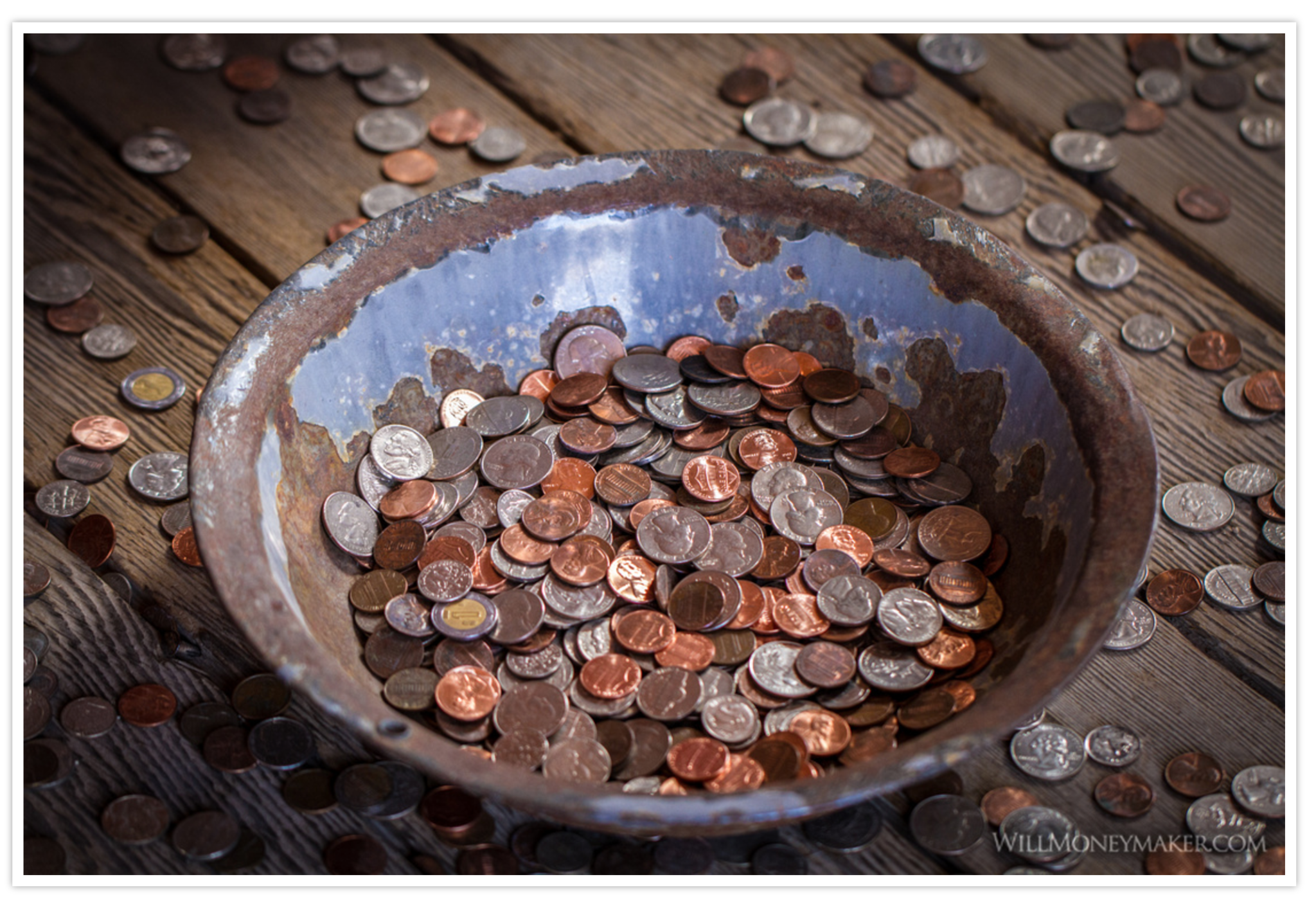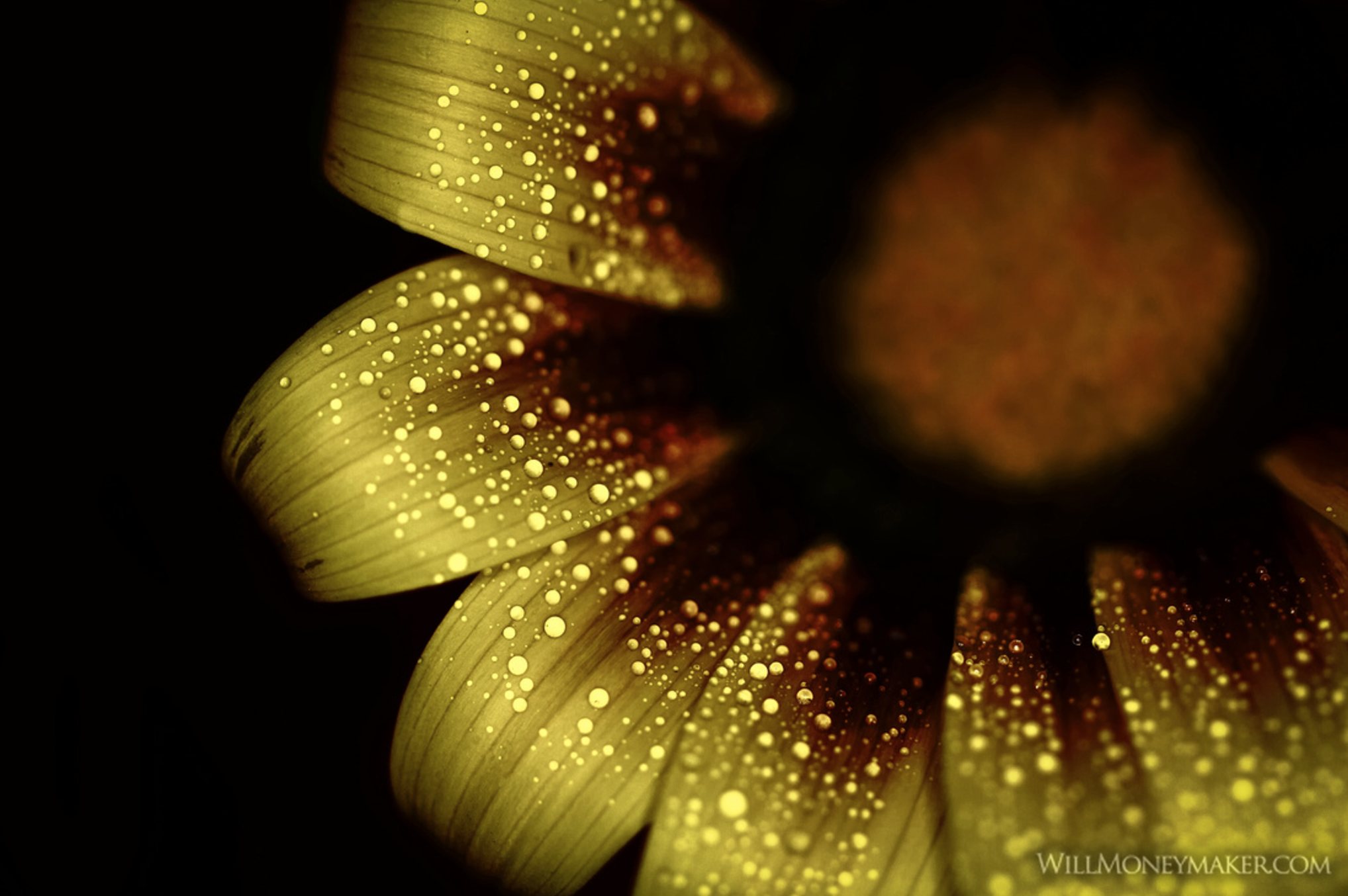For many photographers, the idea of creating a still life image is boring. Who wants or needs yet another photo of a bowl of fruit or a vase filled with flowers? The fact is, however, that still life images don’t need to be boring — and even if you do choose to go with more traditional subjects, the creation of these images will prove to be a valuable learning experience.
In fact, painters and other artists have relied on still life imagery for centuries as a method to hone their craft. When approached properly, still life photography is an excellent way to create beautiful artwork while enhancing your skills as a photographer. I'll show you some of the things that you can learn from this misunderstood genre, and I'll give you some ideas that will help you add life to your still images.
Learning about Composition, Light, and Color
Composition, light, and color are the three guiding principles behind still life imagery. As you'll learn, the composition is a large part of what makes still life photos meaningful. When it comes to setting up a still life image, you'll need to create a scene of sorts. A basic bowl of apples centered in the frame isn’t enough. Instead, ask yourself why the apples would be sitting there. Is someone about to use them to make pies or are they part of a decorate centerpiece? Once you’ve identified the reason for those apples to be in the frame, then you can move them around and add other items to tell a story — perhaps a rolling pin, some flour and empty pie plates, all aligned according to the Rule of Thirds so that you’re telling the story in the most visually appealing way possible.
As you create still life images, you'll also learn to study the way light affects the scene. You'll see how diffuse lighting gives the scene a muted effect, while bright lighting makes the colors pop. Strong directional lighting — the sort that leaves long shadows and areas of deep black — can be used to add mystery or a more ominous feeling.
When it comes to color, experienced artists and photographers learn to create a palette for each image. That is, they know that if most of the flowers in a vase feature soft, pastel shades, then any other flowers or objects that they add to the scene should also be pastel. Of course, you're free to add in bright spots or to work in contrasting colors to make a statement, but in general, sticking to a rather strict color scheme helps you to appreciate and utilize the subtle shifts between shades.

Making Still Life Imagery Interesting
Still life imagery is much the same as product photography, but with a more artistic goal in mind. Because this genre is meant to help you explore your creative freedom with more mundane objects, you're free to use almost anything imaginable to create a scene or make the image more meaningful. Smoke, water droplets, colored lighting — these are all examples of tools that can help you turn an everyday subject into something unusual.
Create a few still life images of your own, and you'll find that you have a greater appreciation for things like color, composition, and lighting. Approach each image as if you're telling a story about the objects within and your still life photos will be anything but boring!
Now go and enjoy the beauty of God’s creation through your lens.





